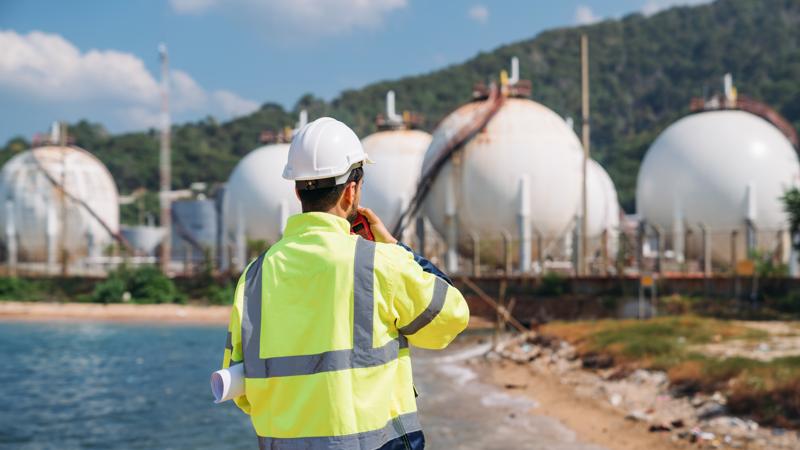"Steel production in USA"
 "\n\n""
"\n\n""When we think of steel, we often envision large industrial complexes with towers of flame and molten metal in a symphonic dance that has defined the industrial age. The United States in particular, with its vast resources and pioneering spirit, has long-standing roots in the steel industry that continue to influence its economic and social landscapes. This article delves into the ins and outs of steel production in the USA.
The Importance of Steel in the American Economy
Steel is more than just a commodity; it's the backbone of the American economy. From construction and automotive to defense and energy sectors, steel serves a variety of industries in the USA.
In the construction sector, steel is a preferred material due to its strength and durability. It\u2019s used in building infrastructure, from skyscrapers and bridges to railways and airports. Similarly, the auto industry relies heavily on steel manufacturing. Vehicle bodies, engines, and other integral components are made from different types of steel.
But it\u2019s not just the direct use of steel that affects the economy. Steel production itself creates a lot of job opportunities. It\u2019s estimated that every new job in the steel industry creates seven more jobs indirectly. This multiplier factor boosts the economy and helps maintain stability, especially in regions with high industrial activity.
History of Steel Production in the USA
The USA laid its hands on steel production around the mid-19th century, but the story of its rise to becoming one of the world's largest steel producers is worth recounting.
In the 1850s, the invention of the Bessemer process for mass-producing steel revolutionized the industry and started an age of heavy industrialization. This was the first inexpensive industrial process for the mass production of steel from molten pig iron before the development of the open hearth furnace. The key principle is the removal of impurities from the iron by oxidation with air blown through the molten iron.
Throughout the late 18th and early 19th centuries, labor-intensive old systems were replaced by mechanized operations. Industrial towns with steel mills at their cores speckled the landscape, marking the dominance of the USA in the global steel landscape.
Innovations and Modern Production Techniques
Technological advancements introduced in the 20th century changed the face of steel production. The basic oxygen process replaced the open-hearth furnaces, making production quicker and more cost-effective.
Recently, the electric arc furnace method has gained popularity. This uses electric arcs to melt scrap steel, decreasing the carbon footprint since it requires less energy compared to conventional methods. Moreover, it's cheaper and more flexible.
Such innovations have enhanced the sustainability of the steel production industry and paved way for increased production.
Impact of Policies and Trade Wars
Government policies and global trade dynamics influence steel production to a significant extent. For instance, anti-dumping measures and import tariffs have affected the industry in several ways. While these measures have been imposed to safeguard domestic steel industries, they led to increased steel prices and impacted sectors that are steel-dependent.
The recent trade war between the USA and China is a prime example of how political decisions can shake up steel production. The rise in steel tariffs impacted not only the countries at loggerheads, but also influenced global steel trade patterns.
The Future of Steel Production in the USA
Despite several challenges, the future of American steel appears to be on firm footing. Potential advancements in production technologies promise more efficiency and less environmental impact. Moreover, as the USA renews its commitment to infrastructure development, demand for steel is poised to grow.
The emergence of electric vehicles also means new opportunities for the steel industry. These vehicles often require more advanced, light, and strong steel alloys, which could spur innovation in steel production.
In conclusion, while steel production in the USA has faced its fair share of difficulties, its significant contribution to the economy and potential innovations for the future make it an industry primed for continuing growth. As with its past, the American steel industry will continue to have a significant impact well into the future. The bellows of the furnace roar forward with the essence of America's industrial spirit and perseverance.
\n\n""" ""










